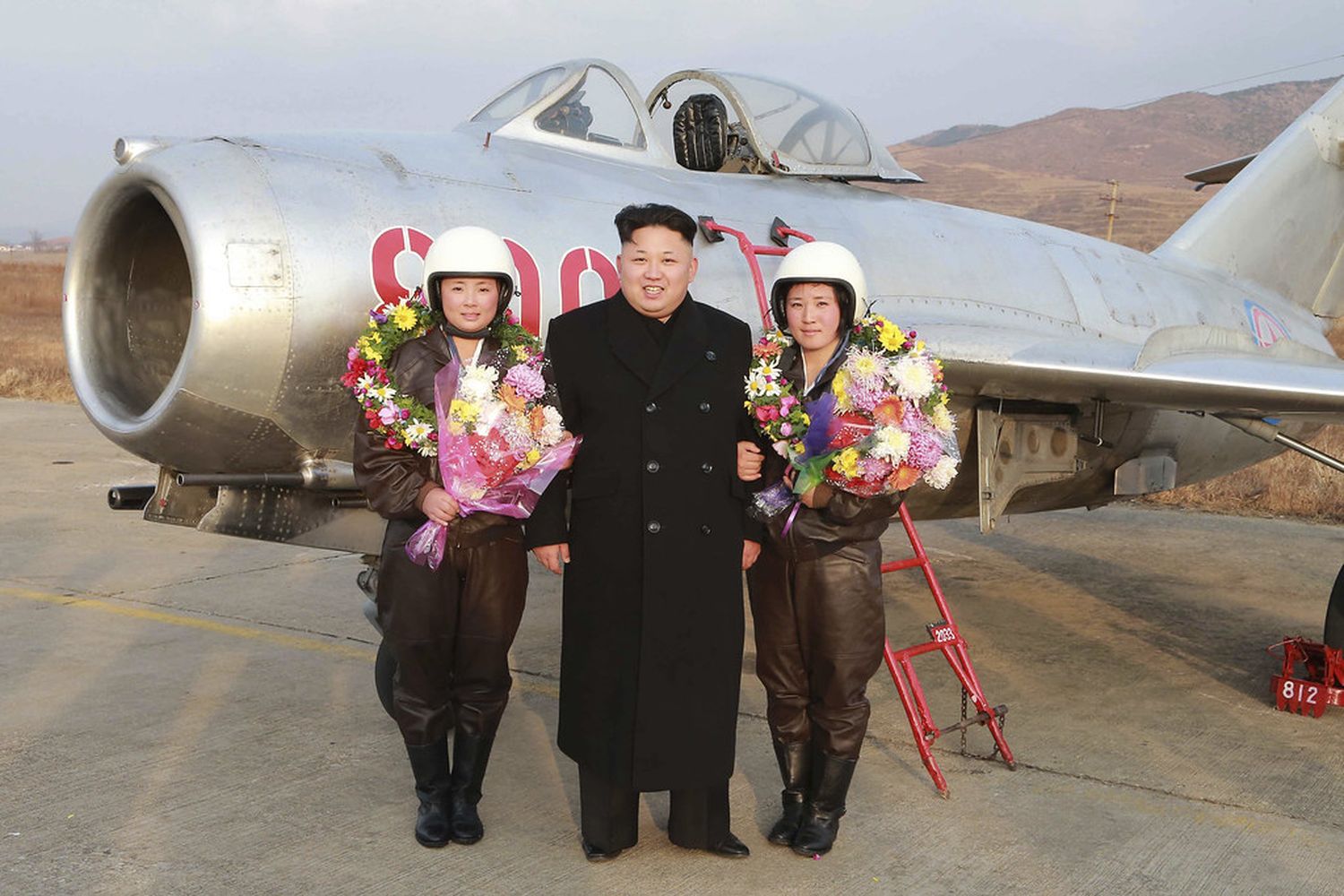North Korea has reportedly launched a program to recycle old fighter jets from the 1950s and 1960s into suicide drones.
«The North is trying to transform Soviet fighter jets into kamikaze drones armed with precision-guided munitions,» Choe Su-ryong, a former National Intelligence Service (NIS) agent, told The Korea Times, citing a North Korea-based insider.
«These suicide drones will be used to attack South Korea’s major industrial and infrastructure facilities,» the veteran intelligence analyst added.
The aircraft Choe would refer to are old MiG jets manufactured by the former Soviet Union or China and delivered to North Korea during the 1950s and 1960s. These are hundreds of jets such as the MiG-17/19/21 or its Chinese variants Shenyang J-5/6/7, which could be transformed into suicide drones, capable of carrying a significant combat payload and attacking targets at long range (compared to the normal combat radius of these aircraft).

Retired Air Force Col. Hong Sung-pyo, a senior research analyst at the Korea Institute of Military Affairs, believes that information about North Korea retrofitting obsolete fighter jets for use as suicide drones sounds «quite convincing.»
«North Korean military authorities would be tempted to retrofit obsolete fighter jets, such as MiG-17s and MiG-19s, for use as suicide attack drones,» he told The Korea Times. «In reality, the South Korean military has been preparing for this kind of military threat for a long time.»
What it lacks in finesse, it gains in forcefulness
While North Korea’s flight control and navigation software technology cannot be considered advanced (by Western standards), it could be effective enough to transform its abundance of obsolete jets into hundreds of unmanned suicide drones that can inflict severe damage on fixed installations through saturation attacks.
South Korean defense analysts identify nuclear reactor facilities, industrial technology complexes and sites related to communications networks as likely targets that North Korea will want to destroy with its missiles or suicide drones

Since these improvised drones are not expected to return to their base, the range and combat payload capacity can be dramatically extended, allowing them to make long detours and attack from unexpected directions, or to do so after several hours after takeoff, with a much higher war load than these aircraft used to carry.
The «poor man’s» cruise missile
Another way to look at this issue is as North Korea’s low-cost solution to acquiring a «look-alike» cruise missile capability.
It would be difficult for aircraft that were born as first- and second-generation fighters to go unnoticed by South Korea’s advanced air defense systems, but the sheer number of cells potentially available for reuse raises the issue of how to adequately deal with a large-scale saturation attack.
Analogous to how Russia launched hordes of cruise missiles and drones on Ukrainian critical infrastructure (for which Kiev was nearly evacuated), North Korea could send waves of dozens of these suicide drones, to which ballistic missiles and long-range rockets can be coupled for combined actions, to sneak through the South Korean defensive umbrella and wreak havoc on its critical infrastructure.

Ukraine has considerably improved its air defense capabilities and is supported by the entire NATO intelligence and early warning apparatus, which gives them precious time to prepare for each new Russian saturation attack. And although «museum» fighters such as a MiG-17/J-5, converted into a suicide drone or an improvised cruise missile, cannot be technologically compared to a modern cruise missile, dozens of these devices attacking at the same time could represent a serious threat to South Korea’s air defense, which today would not have the necessary early warning means to guarantee itself adequate warning time in the event of such a hypothetical scenario.


Comentarios
Para comentar, debés estar registrado
Por favor, iniciá sesión